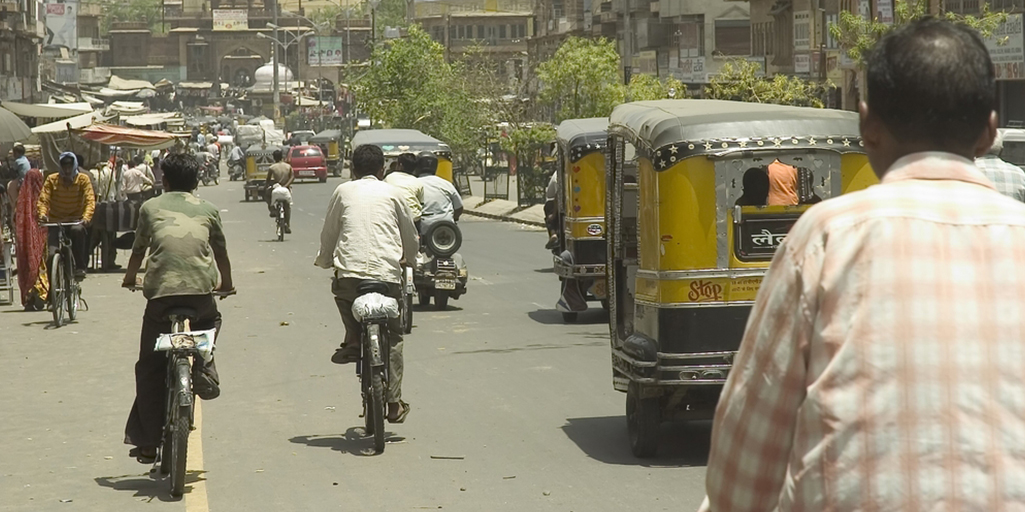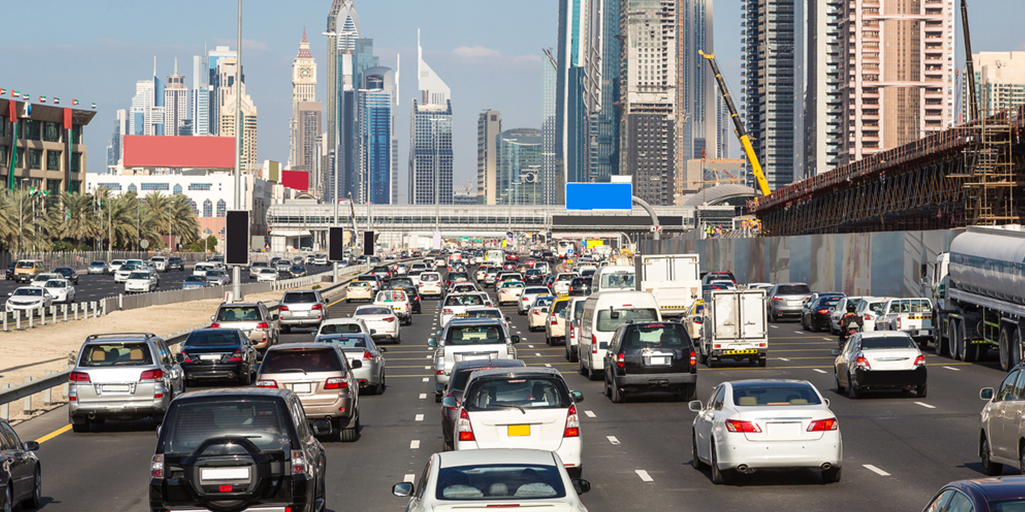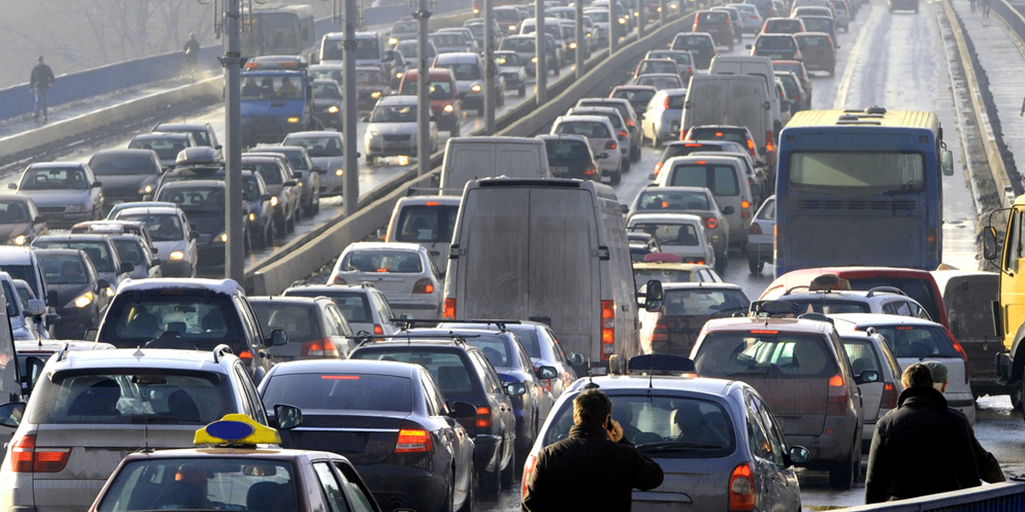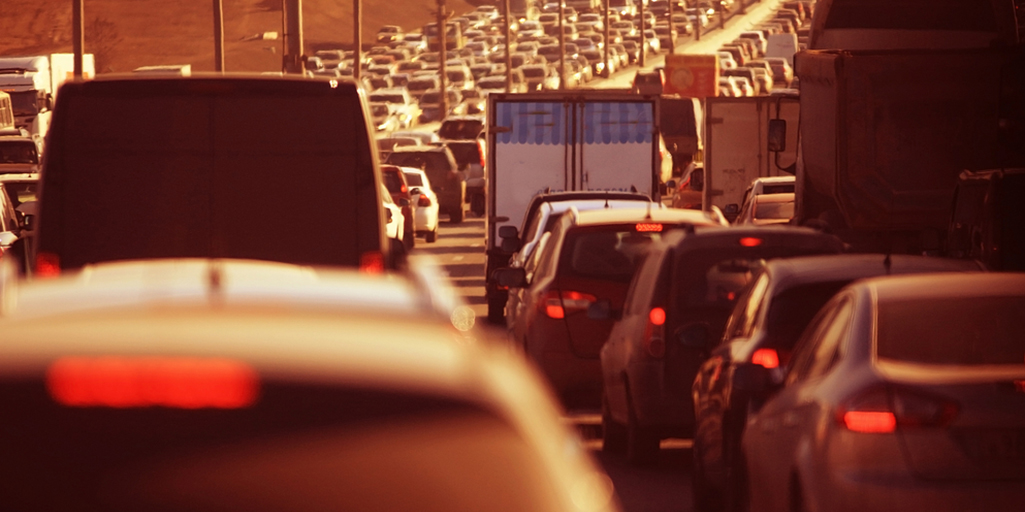We use cookies and other proprietary and third-party technologies to make our website work correctly and securely. We also use them to analyse user browsing and be able to adapt advertising to your tastes and preferences. Cookies Policy.
Some countries have too much traffic, thus making mobility a nightmare and raising the levels of contamination.
Miquel Silvestre is clear about it: India is where he’s suffered the worst. This itinerant writer, who wanders the earth atop a powerful motorcycle, doesn’t hesitate to name this Asian country when he’s asked about the world’s most complicated place. “Traffic around the world is chaotic, and that’s normal. But in India it’s exaggerated, incredible,” he says. And he gives several reasons: motorcyclists who don’t wear protective helmets, excessive speed, no respect for any kind of direction on the road, getting along with any kind of living being, and cramming as many as 11 people into a car. “I’ve seen cars with mattresses or sheep on the seats,” he says with surprise.

Anyone who has traveled in India would agree with Silvestre, who was born in Denia (Spain) in 1968. And will wonder how people there can support this on a daily basis, not just from time to time. “I’ve asked people why they drive that way and they say it’s out of necessity. Either you coexist with those customs or you risk your life. You have to ride around obstacles, animals… Ignoring the rules of the road is essential for surviving,” adds this professional motorcyclist, who has dodged camels in Somalia or paid a 600-euro fine for exceeding the speed limit by 10 kilometers an hour. “It was in Switzerland, and I was going at 60 on a road where the limit was 50.”
Because traveling is not just riding through new landscapes or discovering new customs. It also means fighting the local traffic. And discovering that travel in other countries can be a real hell. And not just in India, where this is the general impression. There are other places, with incredible numbers of cars on their roads. One of them is the United Arab Emirates. According to a report published on the digital website Confused.com, it is the world leader in traffic jams. This confederation located on the Persian Gulf, with 10 million inhabitants, has 2.5 million registered vehicles and 4,080 kilometers of roads. In other words, in each kilometer 553 cars can be concentrated.

After the United Arab Emirates, and again according to the report from that website, are Hong Kong, with 821,933 automobiles and 2,107 kilometers of asphalt, and Singapore, with 672,800 and 3,500. Respectively, 390 and 192 cars per kilometer. Just off the podium are Turkey, with 173 cars for each kilometer; Bulgaria (171) and South Korea (160). There are many Asian and Middle Eastern countries on the list, although in between are European countries like the Czech Republic and the UK. To find Spain, we have to go down the list to the 36th position: 22.6 million vehicles moving along 683,175 kilometers of roads. This means 33 cars for each kilometer, a number far smaller than those countries mentioned, but ahead of China, France, Ireland, Canada and Brazil.
In addition to movement, there is the problem of contamination. Although they don’t relate proportionally, they are still connected. Egypt is the country with the highest levels of air pollution. At the opposite end, Norway, and the UK, which, while it is among the leading polluters, doesn’t generate as many emissions (eight micrograms per cubic meter of air, or 90% less than Egypt). This may be due to the UK’s greater number of electric cars or its greater measures to cut down on pollution.

The problem of traffic and traffic jams is related to these numbers of automobiles and kilometers, but also with other aspects. Depending on the place, driving is often used because of a lack of public transport or just because that’s the way society works. María Pilar Parra Contreras, a professor of sociology at Madrid’s Complutense University, sees a connection between the identity of a society and the way it moves around. “In Western societies, the car has become the most common way of traveling, ahead of other ways like walking, cycling or riding a train, “ she says. Having a car can also represent having reached a certain lifestyle. For that reason, the preference for cars doesn’t have to do with just their usefulness. The relationship we establish with the car is not the one we have with a machine that serves us, but represents something much greater.”
“Advertising has made the automobile into an archetype of blessings, among them freedom, autonomy, speed and beauty, while at the same time minimizing other experiences like traffic jams, expenses and investments in infrastructures, parking problems, noise, air pollution, and even traffic accidents,” she adds, while at the same time pointing out that the progress associated with cars also brings accidents: “We’ve developed a very high level of tolerance and resignation with regard to everything about traffic. In this context, traffic accidents are considered as just collateral damage from a model of mobility that, while it is not unique, is largely irreversible.”

And if we consult the data, it seems certain: according to the latest United Nations studies on road safety, traffic accidents are one of the leading causes of death in the world, ahead of HIV Aids and suicides.
While traffic accidents have been reduced year after year –especially during the pandemic, which was not a representative period– an effort must be made to improve infrastructures, provide greater driver education, and make sure the law is enforced to reduce accidents. Other solutions include using collective public transport or changing the model of society to make it more respectful of the environment, and without the need to spend hours in a traffic jam.
Let’s return to the case of India, where drivers must dodge goats, continually blow the car’s horn and pass other vehicles via a non-existent lane. Even Navin Piplani, director of the Indian National Trust for Art and Cultural Heritage (INTACH), often describes the situation this way: “It’s chaotic, there’s no control. You can go in any direction and in any place. We say God regulates our country because nobody else does. People who use a car don’t even have a driving license. And the police don’t do anything or they fine you, but you use that piece of paper as a passport to avoid other fines.” He adds that for him and his family driving is always “the last option,” and doesn’t even appear on the list of the first 50 choices. A paradox that, even so, gives us some clues: avoid those countries with the greatest number of vehicles per kilometer, but also the ones where driving is a menace.